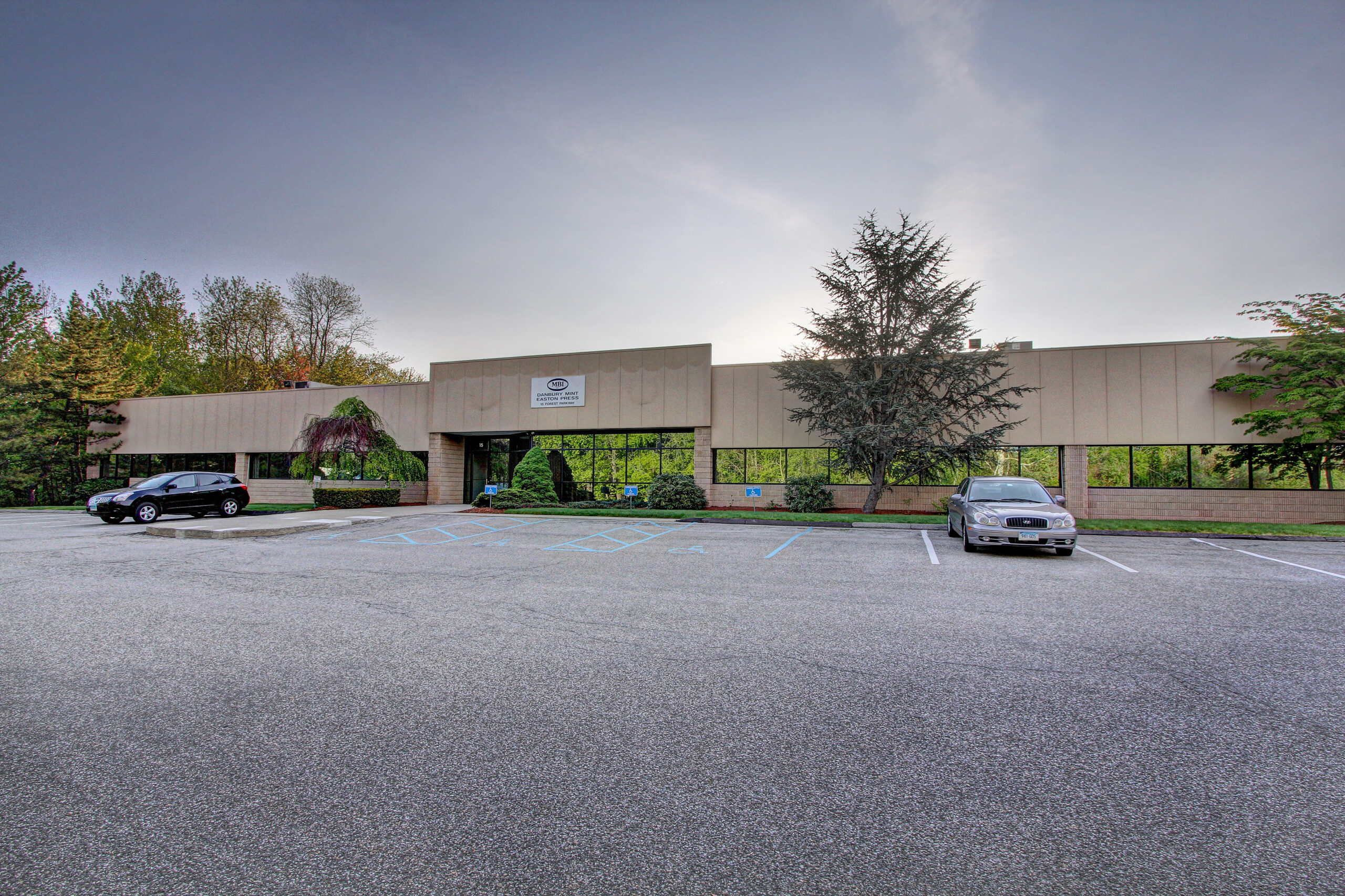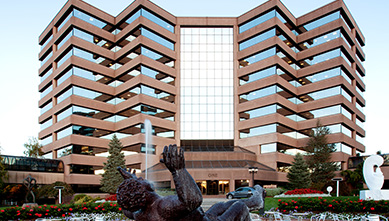The best lease type for commercial property depends on the needs and goals of both the landlord and the tenant. Different lease structures offer varying levels of financial responsibility, flexibility, and risk-sharing. Here’s an in-depth look at the most common types of commercial leases and how they differ:
1. Triple Net Lease (NNN):
In a Triple Net Lease, the tenant is responsible for paying:
- Base Rent
- Property Taxes
- Insurance
- Common Area Maintenance (CAM)
Pros for Landlords:
- Provides stable, passive income with minimal property management responsibilities.
- Lowers the landlord’s financial risk since tenants cover operating expenses.
Pros for Tenants:
- Greater control over operating costs and property management.
- Often comes with lower base rent compared to gross leases.
Ideal for: Retail spaces, standalone commercial buildings, and long-term corporate leases.
2. Ground Lease:
A Ground Lease allows the tenant to lease the land, typically for 50 to 99 years, and build on it.
Pros for Landlords:
- Retain ownership of the land.
- Benefit from long-term appreciation of the property.
Pros for Tenants:
- Full operational control of the building.
- Ability to develop property without large upfront land purchase costs.
Considerations:
- Hard to terminate early due to long lease terms.
- May include reversion clauses where ownership of improvements returns to the landlord at the lease’s end.
Ideal for: Large-scale developments like hotels, office complexes, and shopping centers.
3. Flexible Lease Arrangements:
Flexible leases offer tenants operational control with options like short-term agreements, co-working spaces, or subleasing rights.
Pros for Landlords:
- Attract a diverse range of tenants.
- Adjust lease terms quickly to meet market demands.
Pros for Tenants:
- Adaptability to changing business needs.
- Opportunity to optimize costs through subleasing.
Ideal for: Start-ups, tech companies, and businesses needing scalable office space.
4. Gross Lease (Full-Service Lease):
In a Gross Lease, the tenant pays a single, flat monthly rent that includes:
- Base Rent
- Property Taxes
- Insurance
- Utilities
- Maintenance Costs
Pros for Landlords:
- Simplified accounting with predictable rental income.
- Control over property management and maintenance.
Pros for Tenants:
- Fixed monthly expenses with no surprise operating costs.
- Landlord handles all property-related management and repairs.
Ideal for: Office spaces, medical buildings, and multi-tenant properties.
Other Common Commercial Lease Types:
- Single Net Lease (N Lease): Tenant pays property taxes in addition to base rent.
- Double Net Lease (NN Lease): Tenant covers property taxes and insurance, while the landlord handles structural maintenance.
- Net Lease: A general term encompassing single, double, and triple net leases where the tenant shares operational costs.
Choosing the Right Lease Type:
When deciding on the best lease type, consider:
- Financial Goals: Are you prioritizing passive income (Triple Net) or property control (Gross Lease)?
- Operational Control: Do you want to manage the property, or would you prefer the tenant to handle day-to-day operations?
- Tenant Type: Large corporations may prefer long-term leases, while startups benefit from flexibility.
Final Thoughts:
The best commercial lease type balances the risk, financial responsibilities, and operational control between landlords and tenants. Whether it’s the predictability of a gross lease or the autonomy of a triple net lease, understanding each option ensures a mutually beneficial agreement.




